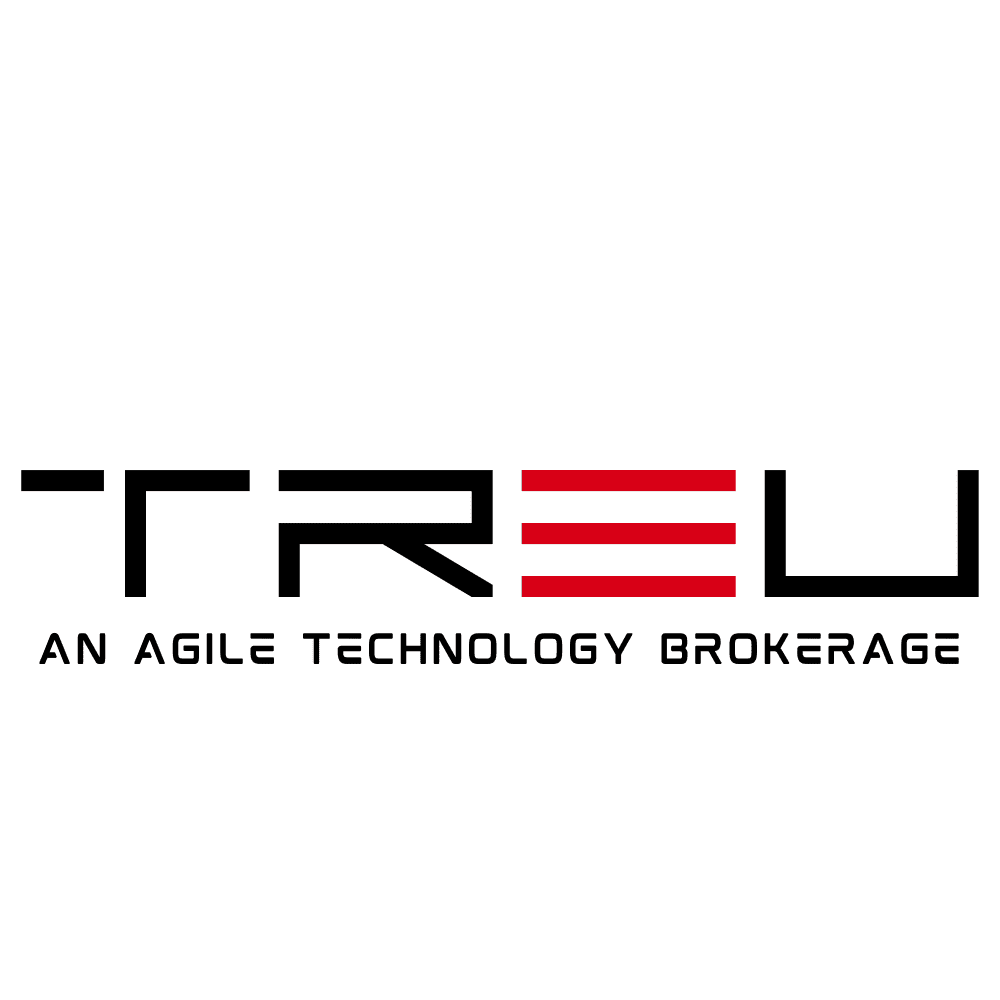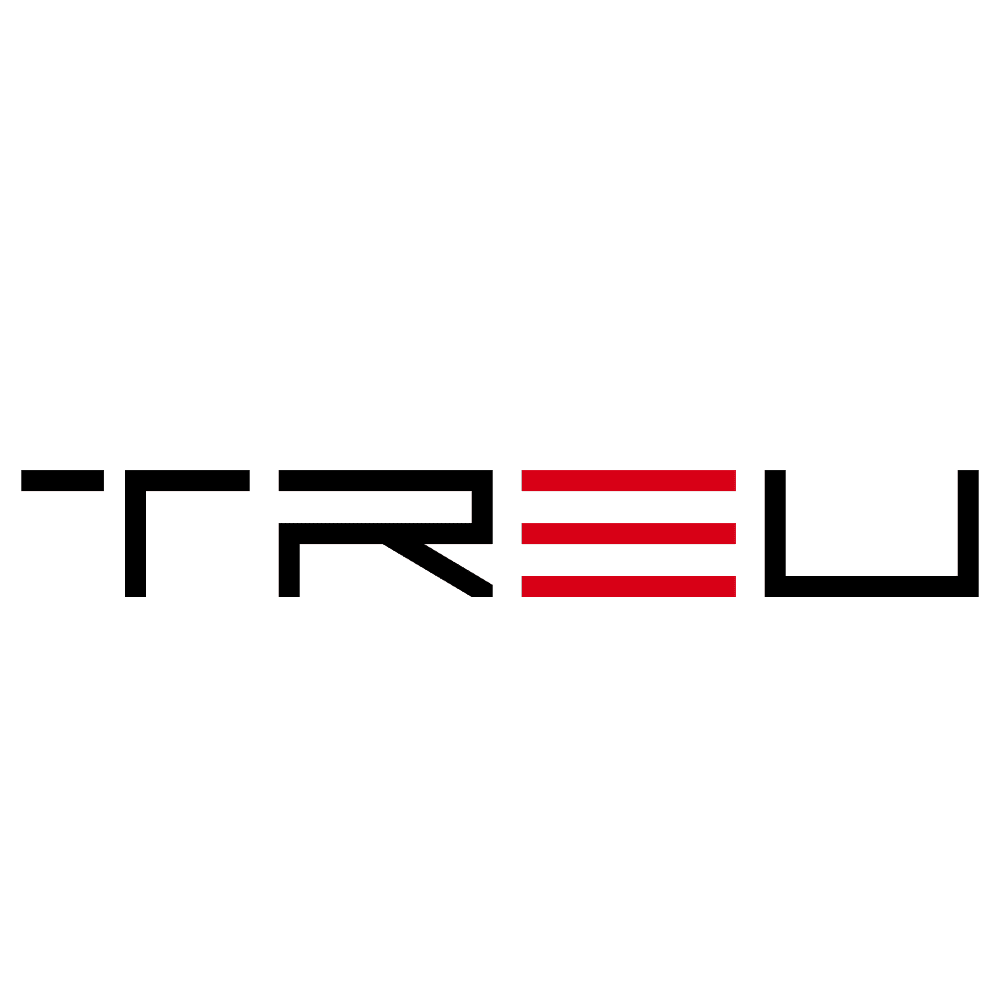Top CIO Priorities 2025: Agentic AI, FinOps, Innovation Strategies
As digital transformation accelerates across all industries, CIOs (Chief Information Officers) are preparing for a significant shift in their roles. The year 2025 is poised to redefine enterprise IT leadership, prioritizing emerging technologies like agentic AI, financial operations (FinOps), and strategic innovation initiatives. At the intersection of business demands and digital capabilities, CIOs in 2025 must embrace agility, collaboration, and a forward-thinking approach to technology orchestration.
In this blog, we’ll explore the key CIO priorities for 2025, offering insights on how IT executives can drive sustainable value, lead innovation, and harness cutting-edge automation capabilities to fuel future growth.
The Evolution of CIO Roles
Traditionally, CIOs focused on maintaining IT infrastructure and aligning tech investments with operational needs. In 2025, however, CIOs are becoming transformative leaders, actively shaping customer experiences, business models, and revenue streams through technology. This shift reflects a broader trend in which IT is no longer a cost center but a core engine of business innovation.
The Strategic Imperatives Driving Change
As enterprises navigate complexity and digital saturation, CIOs must steer three critical areas:
- Agentic AI and intelligent automation
- Financial Operations (FinOps) for cost optimization
- Business-aligned innovation strategies
Let’s dive deeper into each of these priorities.
Agentic AI: From Passive Automation to Proactive Intelligence
Agentic AI represents a new frontier in enterprise automation. Unlike traditional AI models, which are reactive and task-specific, agentic AI systems possess autonomy, decision-making capabilities, and learning adaptability. These intelligent agents don’t just assist—they act independently based on goals and context.
What Makes Agentic AI Different?
Agentic AI moves beyond basic script execution or predefined workflows. These systems can:
- Initiate actions based on real-time data streams
- Collaborate with both humans and other AI agents throughout a business process
- Learn from outcomes to improve accuracy and execution over time
For CIOs, the adoption of agentic AI means rethinking their technology stacks to integrate dynamic, independent AI systems that can scale operations, personalize user experiences, and streamline complex workflows without constant human intervention.
Implementation Considerations
CIOs should focus on:
- Establishing AI governance to ensure ethical and compliant deployment
- Upskilling teams to work alongside autonomous AI agents
- Investing in data infrastructure that supports real-time processing and feedback loops
FinOps: Driving Cost Accountability and Efficiency
Cloud adoption has exploded in recent years, bringing agility and scalability but also significant financial complexity. In 2025, FinOps emerges as a strategic priority, offering a framework for managing cloud spend with cross-functional transparency and discipline.
What is FinOps?
FinOps (Financial Operations) is a cultural practice that unites finance, engineering, and operations teams to manage cloud costs and maximize efficiency. In essence, it transforms IT budgeting from a static activity into a dynamic process.
Why FinOps Matters in 2025
With organizations increasingly relying on multi-cloud, hybrid environments, FinOps provides a methodology to:
- Optimize cloud usage through real-time visibility and automation
- Empower engineering teams with financial accountability
- Align technology decisions with business outcomes and ROI
Best Practices for CIOs
To harness the full potential of FinOps, CIOs should consider:
- Implementing real-time monitoring tools for granular cost visibility
- Establishing cloud cost policies and KPIs for development teams
- Promoting a FinOps culture across all technology stakeholders
Innovation Strategies for Sustainable Growth
Beyond operations and infrastructure, CIOs in 2025 are expected to be innovation catalysts. This means not just adopting new technologies, but leading strategic initiatives that differentiate the business and accelerate time-to-value.
Building an Innovation-First Mindset
Innovation in 2025 will be less about incremental change and more about disruptive thinking. CIOs must champion initiatives that encourage experimentation, customer-centric design, and cross-functional collaboration.
Key focus areas include:
- Low-code and no-code platforms to democratize development
- Composable architecture for rapid prototyping and integration
- AI-powered customer engagement tools for deep personalization
Aligning Innovation with Business Value
To ensure innovation doesn’t become isolated, CIOs need a clear value roadmap that ties experimentation directly to revenue, customer satisfaction, or operational efficiency. Consider:
- Co-creating with business units to align on shared goals
- Establishing innovation KPIs such as speed-to-market or user adoption rates
- Piloting and scaling based on agile feedback loops
Security and Governance: A Cross-Cutting Priority
While agentic AI, FinOps, and innovation drive opportunity, they also elevate risk. CIOs must embed robust governance and cybersecurity practices across all initiatives.
Securing Agentic AI and Cloud Architectures
The autonomous nature of agentic AI agents requires new security paradigms:
- Zero-trust architectures ensure that every interaction is verified
- Continuous monitoring helps detect unusual behaviors from AI agents
- Policy enforcement at all levels prevents data leakage and misuse
Automated Compliance and Auditing
CIOs should leverage automation tools to maintain compliance across both cloud infrastructures and emerging technologies. This includes:
- Real-time logging of AI decisions for transparency
- Policy-as-code implementations to provide auditable policy enforcement
The 2025 CIO Agenda: A Strategic Leadership Mandate
As we approach 2025, CIOs will no longer be technology gatekeepers—they are visionaries, digital business partners, and innovation leaders responsible for driving measurable outcomes.
To rise to this challenge, CIOs should:
- Adopt a bold vision backed by tangible metrics and customer value
- Empower cross-functional teams with the right tools, data, and autonomy
- Foster a culture of experimentation where failure is seen as a path to learning
Conclusion
The CIO landscape is undergoing a profound transformation. In 2025, CIOs must simultaneously navigate technological complexity, financial accountability, and innovation-driven growth. By embracing agentic AI, refining FinOps practices, and leading strategic innovation, visionary CIOs can empower their enterprises to thrive in a digital-first future.
Ready to future-proof your IT strategy for 2025? Start by reevaluating your priorities and placing cutting-edge capabilities at the heart of your digital roadmap.

